When you’re dealing with pain, injury, or limited mobility, your doctor might recommend rehabilitation. But what kind? For many Tucson residents, two of the most common options are physical medicine and traditional physical therapy. While they may sound similar—and sometimes even overlap—these two approaches have different goals, techniques, and benefits. Understanding the distinction between them can help you make a more informed decision about your care.
If you’re trying to decide between physical medicine and physical therapy, or you’re simply curious about how each approach can support your recovery and long-term wellness, this guide is for you. We’ll walk you through the key differences, how each works, and when one may be more appropriate than the other. Most importantly, we’ll explain how Ornelas Chiropractic combines both approaches to give patients the best of both worlds.
Understanding Physical Medicine vs Physical Therapy
To start, let’s define what each term means. When we compare physical medicine vs physical therapy, we’re really looking at two related, but distinct, forms of treatment used to restore movement, reduce pain, and improve function after injury or illness.
Physical medicine, also known as physiatry or physical medicine and rehabilitation (PM&R), is a branch of medicine focused on diagnosing and managing conditions that affect movement and physical function. It takes a broader view of rehabilitation, often combining medical knowledge, diagnostic tools, and a range of therapies—including physical therapy itself—to improve a patient’s overall quality of life.
Traditional physical therapy, on the other hand, is a specific type of treatment that falls under the umbrella of physical medicine. Physical therapists (PTs) work hands-on with patients using exercises, manual therapy, stretching, and other techniques to improve strength, mobility, and flexibility.
While physical therapy is part of physical medicine, the two aren’t interchangeable. Think of physical medicine as the comprehensive medical strategy, and physical therapy as one of the tools within that strategy.
Key Differences Between Physical Medicine vs Physical Therapy
Though physical medicine and traditional physical therapy often work together, they differ in several important ways. Understanding these differences can help you determine what kind of care you need, especially if you’re recovering from a serious injury, managing chronic pain, or dealing with complex musculoskeletal issues.
Scope of Practice and Training
One of the primary distinctions in the physical medicine vs physical therapy conversation is who provides the care. Physical medicine is practiced by a medical doctor—usually a physiatrist or a chiropractor trained in rehabilitation techniques—who can diagnose conditions, order diagnostic tests, and prescribe treatments. They take a bird’s-eye view of the patient’s physical health and develop a treatment plan that may include physical therapy, medications, spinal adjustments, or other interventions.
Physical therapists, in contrast, are not medical doctors. They have advanced training and certification in movement science and rehabilitation, but they do not diagnose conditions or prescribe medication. Instead, they follow a treatment plan often developed in collaboration with a physician or chiropractor. Their role is focused more narrowly on delivering hands-on therapy to help the body recover and regain function.
Treatment Goals and Focus
Another major difference lies in treatment goals. Physical medicine tends to focus on the whole person and the underlying cause of dysfunction. A physical medicine provider will consider how your posture, spine, nervous system, and lifestyle all interact to impact your health. Treatment may include a variety of techniques—from therapeutic exercise to spinal manipulation, nerve stimulation, and pain management strategies.
Traditional physical therapy tends to be more focused on localized issues—like strengthening a weak joint, improving mobility after surgery, or restoring flexibility after an injury. It’s often more structured around specific exercises, stretching routines, and mobility work.
While both approaches aim to reduce pain and improve function, physical medicine looks more holistically at the patient and may involve a wider range of treatments beyond just movement-based therapies.
Integration of Diagnostic Tools
In physical medicine vs physical therapy, diagnostics play a larger role in physical medicine. A chiropractor or physiatrist practicing physical medicine may use tools such as X-rays, MRIs, nerve conduction studies, or orthopedic testing to get a clearer picture of what’s going on in the body.
In contrast, physical therapists rely primarily on physical assessments—range of motion testing, strength measurements, and posture evaluations—to guide their treatment. They do not typically order imaging or use medical diagnostic tools themselves, though they may refer back to your physician for those needs.
Medication and Pain Management
A key advantage of physical medicine is its ability to offer non-invasive pain management. Chiropractors and other physical medicine practitioners often work with patients who want to avoid opioids or prescription drugs. They use therapies like ultrasound, electrical muscle stimulation, radial pressure wave therapy, and spinal adjustments to manage pain in a more natural way.
Physical therapists may also help reduce pain, but their toolbox is more limited. They primarily focus on manual therapy and guided exercise rather than using pain management devices or prescribing interventions.
When to Choose Physical Medicine vs Physical Therapy
You may be wondering: which one do I need? In many cases, both. But there are situations where one approach may be better suited to your needs than the other.
Choose Physical Medicine If:
- You have multiple areas of pain or a complex condition affecting your spine, joints, or nerves
- You want a comprehensive diagnosis and customized care plan
- You’re looking for natural pain management options beyond exercise
- You need guidance on integrating spinal care with rehab techniques
- You want to avoid surgery or medications whenever possible
Choose Physical Therapy If:
- You’ve already been diagnosed and need structured rehab
- You’re recovering from surgery and need to rebuild strength or range of motion
- You want to improve performance in a specific joint or body part
- You’re following a physician’s referral for post-injury care
The best care often combines both approaches. At Ornelas Chiropractic, for example, patients receive integrative treatment plans that blend physical medicine techniques with hands-on physical therapy. That means you benefit from diagnostics, spinal care, pain relief, and rehab—all under one roof.
How Ornelas Chiropractic Blends Physical Medicine and Physical Therapy in Tucson
At Ornelas Chiropractic, patients don’t have to choose between physical medicine and traditional physical therapy—they get the best of both. The team takes a whole-body, patient-centered approach to care, beginning with a detailed evaluation of your symptoms, spine, posture, and movement.
Your treatment plan might include:
- Gentle spinal adjustments to restore alignment and reduce nerve interference
- Therapeutic exercises designed to rebuild strength and flexibility
- Soft tissue therapy and trigger point release to ease muscle tension
- Radial pressure wave therapy for chronic pain or tissue damage
- Posture and movement coaching to prevent future injury
This approach helps patients recover faster, manage pain more naturally, and improve long-term health outcomes. Whether you’re recovering from a car accident, dealing with chronic joint pain, or just trying to stay active and mobile, this integrated care can help you get back to doing what you love.
The Bottom Line on Physical Medicine vs Physical Therapy
When it comes to physical medicine vs physical therapy, it’s not about which is better—it’s about which is right for you. Each plays an important role in recovery, pain management, and whole-body wellness. Physical therapy focuses on movement and recovery after injury, while physical medicine provides a broader, more comprehensive look at your overall physical function and long-term goals.
For Tucson residents looking for non-invasive, personalized care that blends these two powerful approaches, Ornelas Chiropractic offers the best of both. With a team that understands the body as a system—not just isolated parts—you can expect thorough care, customized plans, and a path to lasting recovery that doesn’t rely on drugs or surgery.
If you’re ready to explore the benefits of integrated care, contact Ornelas Chiropractic today. Discover how personalized physical medicine and physical therapy can help you move better, feel better, and live pain-free—right here in Tucson.




